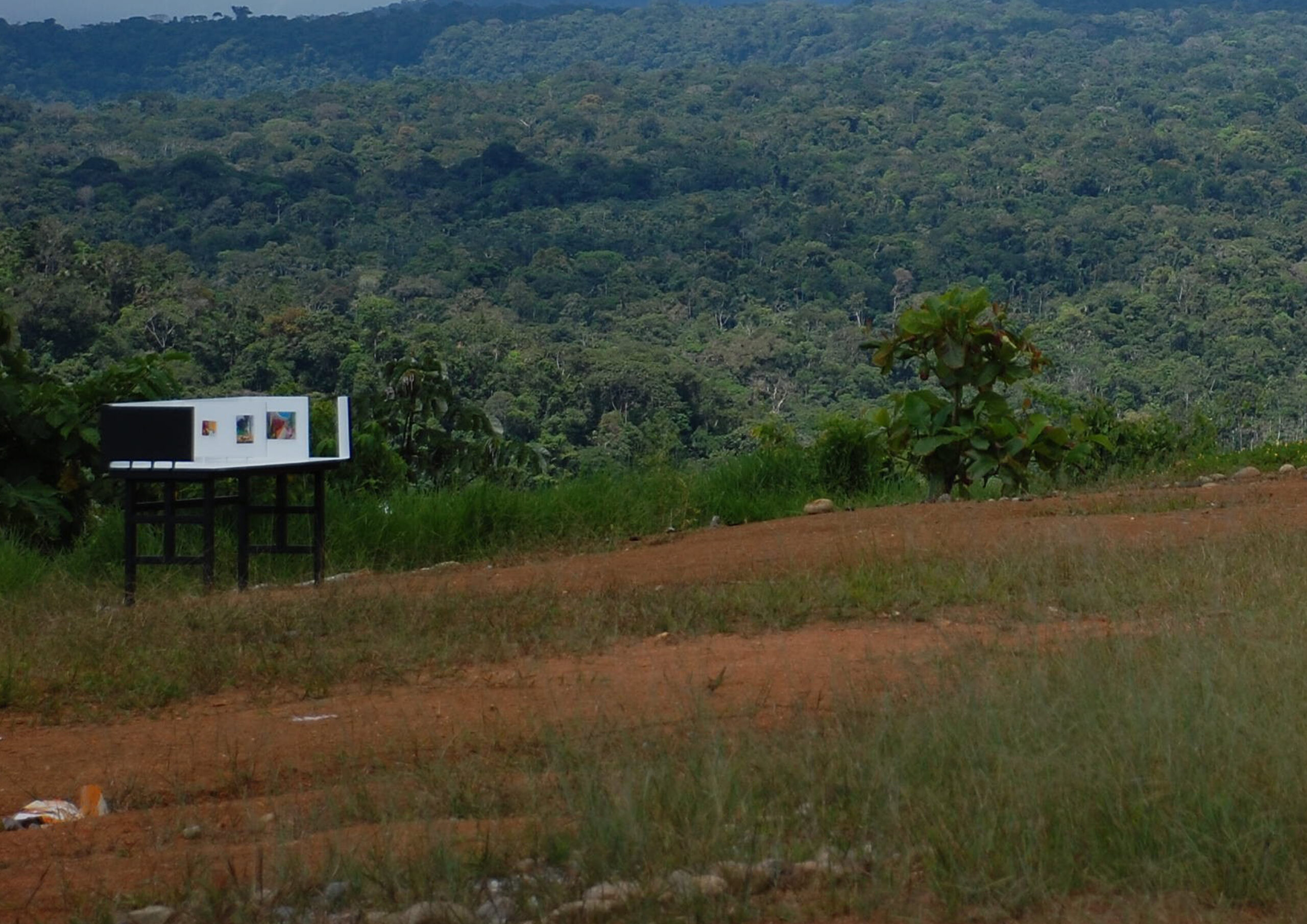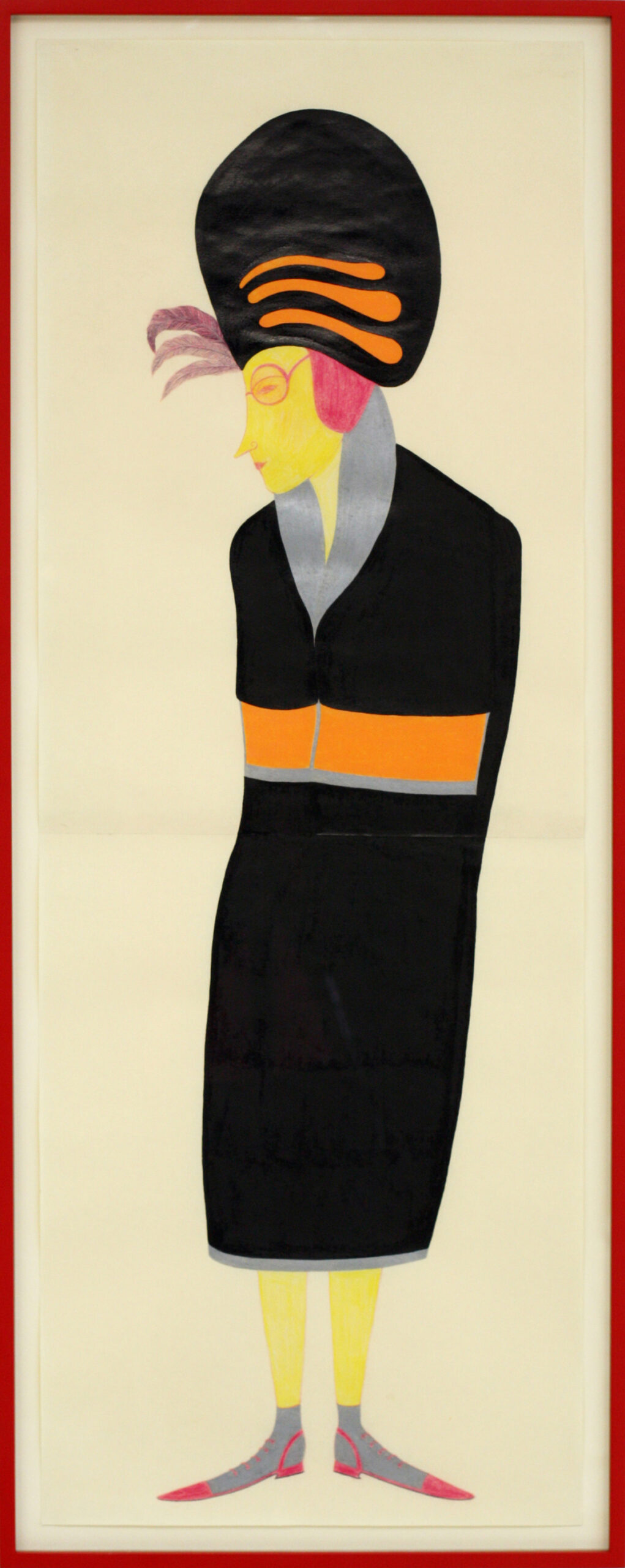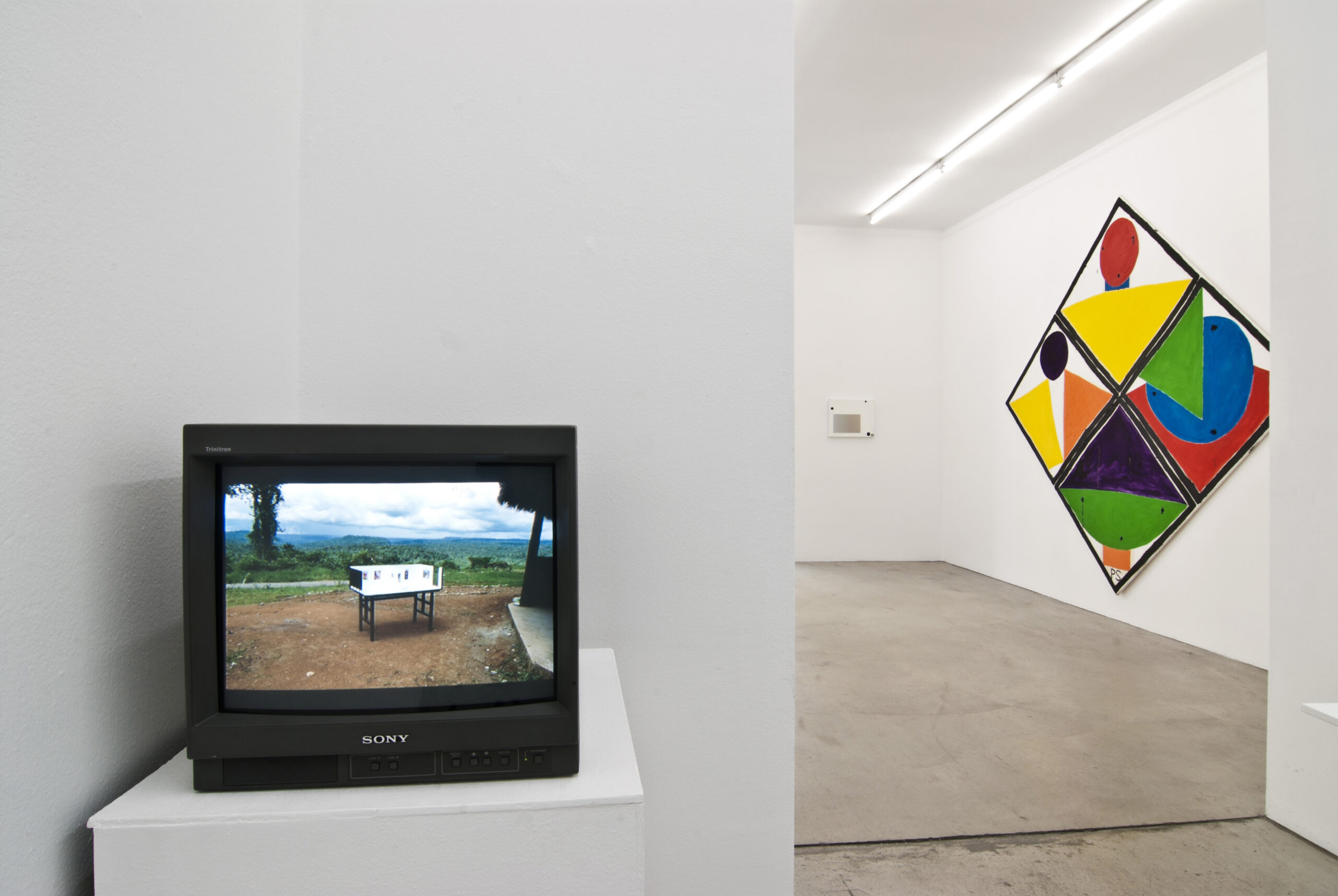
The Strupek Group
Expedition Art Festival Amazonas 2009, Ecuador 2009
EAST by SOUTH WEST – curated by Roberto Ohrt
Die unsichtbaren Vier I The Invisible Four
Dorota Jurczak Tomasz Kowalski Philipp Schwalb The Strupek Group
Die unsichtbaren Vier soll die Bedeutung regionaler Eigenheiten durch Kontrast und Übereinstimmung zugleich kenntlich machen und auflösen. Auch die osteuropäische Kunst steht im internationalen Austausch. Distanz und Aneignung treten gemeinsam auf und stören alte Gegensätze wie fest/beweglich oder modern/traditionell.
Tomasz Kowalski lebt in Polen. Seine Kunst widersprach der dort vorherrschenden Konzeptkunst und wurde zumeist dem Surrealismus zugeordnet, obwohl Kowalski surreale Elemente genauso konzeptuell einsetzt wie eine traditionelle Bildsprache.
Dorota Jurczak lebt in Westeuropa. Einerseits verschärft sie die Kontur ihrer Handschrift, als wollte sie ihre Prägung wie einen verlässlichen Widerstand im Westen behaupten. Andererseits überfordert sie ihre Vorbilder aus der polnischen Populärkultur durch Inhalte, die im traditionellen Rahmen untragbar wären.
Philipp Schwalb, ein Maler aus Hamburg, verwendet den osteuropäischen Konstruktivismus, der auch die polnische Populärkultur prägte. Systematische Vereinfachung und Übercodierung der Farben und Formen treiben das Bild bis zur Wirkung eines öffentliches Signals, während gleichzeitig dessen Rätselhaftigkeit zunimmt.
Die polnische Künstlergruppe Strupek zeigt mit ihrem Projekt Expedition Art Festival Amazonas 2009 die Grenze der Kunst. Ein Galeriemodell im Format eines Puppenhauses mit dazu passenden Gemälden sollte den Ureinwohnern im südamerikanischen Regenwald die „naturgegebenen“ Bedingungen der Moderne nahebringen.

Philipp Schwalb
Kartoffel-brei, Apfel-muß, Blau-kraut, Wasser-melone: CASH MONEY, 2010
Öl auf Leinwand
296,98 cm x 296,98 cm

Dorota Jurczak
Postać I, 2010
Crayons and Ink on paper
86 x 31.5 cm
The exhibition The Invisible Four sets out to compare and contrast points of regional character and identity that remain unresolved, at a time when Eastern European art is involved in international exchange. Distance and adoption appear together and disrupt long-established antinomies between the fixed-and-mobile, the modern-and-traditional.
Tomasz Kowalski lives and works in Poland. His art countered the dominating conceptualism in art and was assigned to surrealism, despite Kowalski conceptually deploying both surrealist elements and traditional painterly motifs.
Dorota Jurczak lives in Western Europe. On the one hand, her distinctive “handwriting” is resistant to being a reliable representative of Western style. On the other hand, Jurczak overlays imagery from Polish popular culture with content that is unacceptable within the traditional frame.
Hamburg painter Philipp Schwalb reaches to Eastern European “constructivism” that is embedded within Polish popular culture. He uses overt simplification and overcoding of color and of shape to build his images’ public signs which, at the same time, increases the paintings’ air of mystery.
The Polish artists’ group Strupek presents their project Expedition Art Festival Amazonas 2009 which probes the limits of art. A gallery model in the format of a doll’s house with paintings in a native style is meant to familiarize the inhabitants of the South American rainforest with the “natural” characterization of modernity’s advances.






